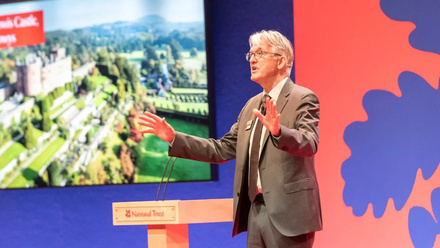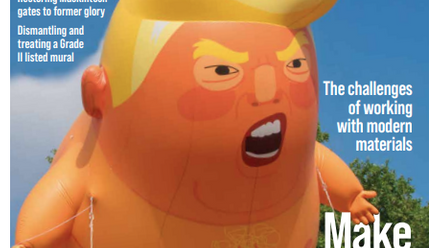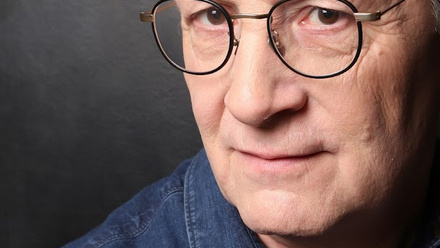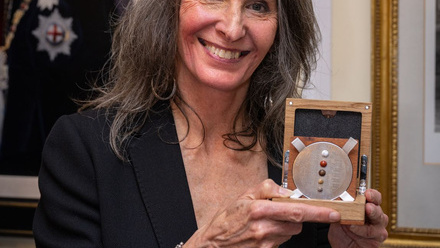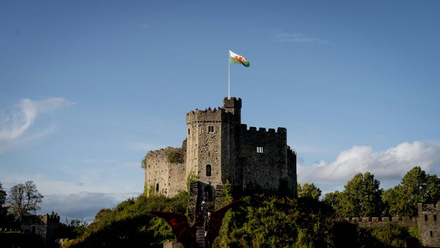Everyone seems to be talking about Sutton Hoo at the moment. Or, more accurately, they actually are discussing The Dig, the major Netflix film about the dramatic discovery in 1939 of the Anglo-Saxon grave and artefacts in a Suffolk field, which was launched to widespread critical acclaim in January. For a while, the film was Netflix’s “most-watched” in the UK and, as a result, we are in the midst of a golden moment for colleagues in the archaeology profession, and also for those who care for the objects recovered from archaeological excavations.
Interest in Sutton Hoo and its story has surged due to the popularity of the film, with #SuttonHoo trending on Twitter at one stage. The Guardian reported that traffic to the British Museum’s webpages featuring the Sutton Hoo treasures had tripled. A blog about the discovery, written by Sue Brunning, curator of the early medieval collection at the British Museum “crashed” under the weight of interest. And her (excellent) video about the Sutton Hoo helmet and its reconstruction from many fragments had been viewed 650,000 times in the three weeks since the mid-January launch of the film.
The most recent reconstruction of the Sutton Hoo helmet was carried out by Nigel Williams [1]. In the words of Rupert Bruce-Mitford [2] who oversaw the work, the challenge faced by Williams was “a jigsaw puzzle without any sort of picture on the lid of the box”.
Sue Brunning, who also advised the actors and filmmakers working on the production, commented in The Guardian article:
I knew the film would be popular among fellow archaeologists and people interested in period dramas and that sort of thing, but it seems to have transcended those usual audiences and really touched a nerve with people.
As someone who ‘dabbled’ (with apologies to members of the Icon Archaeology Group!) in archaeology in my student days, I am delighted to see the story about the discovery of Sutton Hoo hitting the headlines. At a time when cuts to university funding threaten the viability of archaeology courses in higher education it is important to encourage wider public enthusiasm for the discipline. It is also heartening to see that there is a genuine public appetite to learn about processes of excavation, conservation and display. This confirms what we all know: history matters. People do care about their past, and they care about ensuring that it is properly looked after. This is the perfect opportunity to champion the work of conservators and the value that they bring to society.
So how do we, as the conservation profession, make effective use of this moment in the spotlight?
Firstly, we need more conservators to emerge from behind the scenes and take their place on the public stage or, more probably, in front of the video camera. And I would dearly like to ban the oft-used phrase “behind closed doors”. While I understand the marketing lure of offering exclusive access to places that are normally off-limits to the public, and I accept that this works well in terms of selling studio tours in larger institutions, I worry that it reinforces the damaging impression that conservators’ work should be seen (once complete) but not heard (about). Amazing outcomes are achieved in your conservation studios, but the public only gets a rare glimpse into this fascinating world. So, I personally would be keen for more visitors to museums and galleries to be able to see the ongoing work of conservators and to understand the importance of the role you play.
The National Trust’s Conservation Studio at Knole, supported by capital funding from the Heritage Lottery Fund, is a notable example of course, and has offered an insight into the breadth of the conservation profession to many visitors to the stately home. The People’s History Museum in Manchester also has a window in gallery two that allows visitors to see conservation in action. And our Professional Development team grasped the opportunity to showcase conservation studios as part of last year’s Heritage Open Days through our Virtual Open Studios event. But I am sure that there is much more than we could collectively do to bring conservation more fully into the limelight – and everyone's ideas are welcome.
Interestingly, the broader theme of visibility and profile-raising has cropped up in several other conversations recently. Staff and trustees are starting to think about the big ideas that will shape the next Icon Strategy 2030 and key ideas emerging from the early discussions have included the issue of visibility. A common thread is the desire to refocus on our aim for conservation and the conservation professions to be properly valued, both in terms of genuine recognition of the importance of the work that you do, but also in terms of achieving levels of pay that acknowledge the skills and expertise of professional conservators and heritage scientists.
But for clients, decision-makers and the public to value us, we first of all need to make sure that they know that we exist. We have made good progress on this front over the last few years, but I would renew my plea for all Icon members to be vocal champions and advocates for conservation and for our profession. Stories are the means through which we can engage new audiences and encourage more people to take an interest in what we do. And having attended many captivating group and network events where members talk with passion and conviction about their projects, I know with certainty that conservators are fantastic storytellers. But, more often than not, we share our stories with our colleagues when we should be sharing them with the public. Happily, the new Icon website is a versatile platform, offering many opportunities for members to contribute articles and videos showcasing conservators and heritage scientists at work.
[1] Our Icon Ceramics & Glass Group now awards a biennial prize in honour of Nigel Williams, recognising his significant contribution to the conservation profession.
[2] Bruce-Mitford, Rupert (Autumn 1972). The Sutton Hoo Helmet: A New Reconstruction. The British Museum Quarterly. British Museum. XXXVI (3-4): 120-130. JSTOR 4423116

